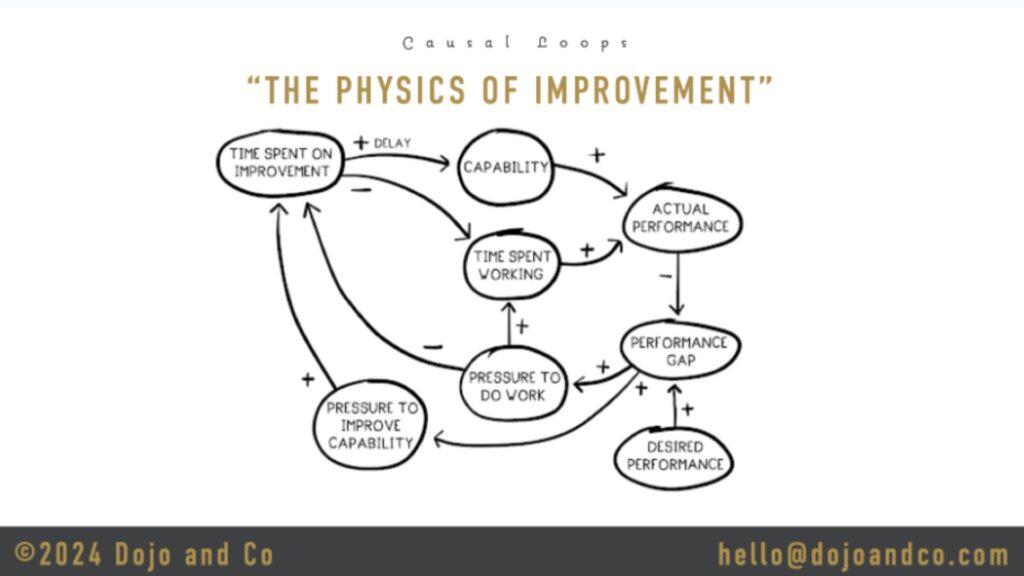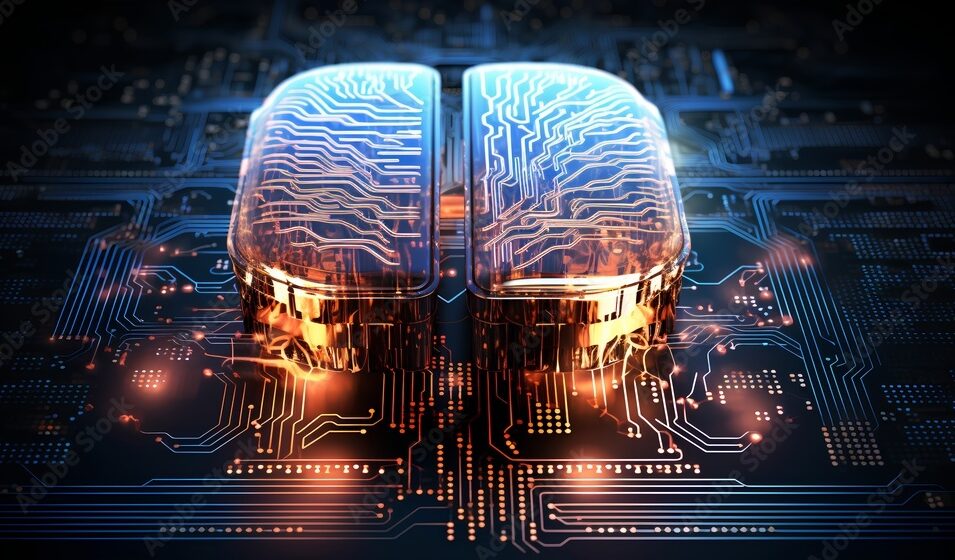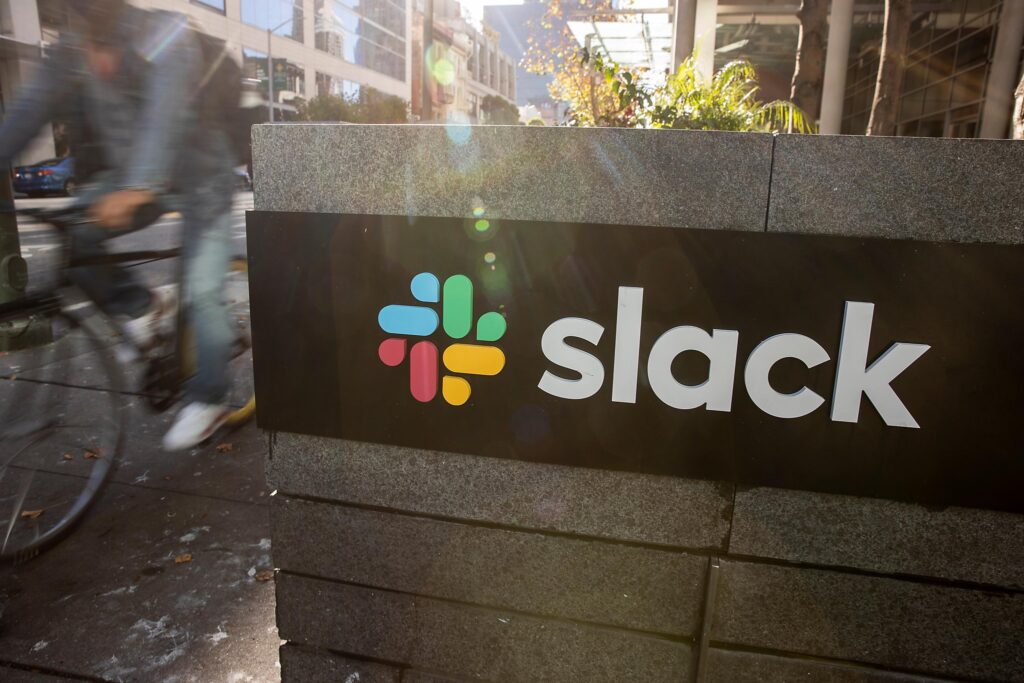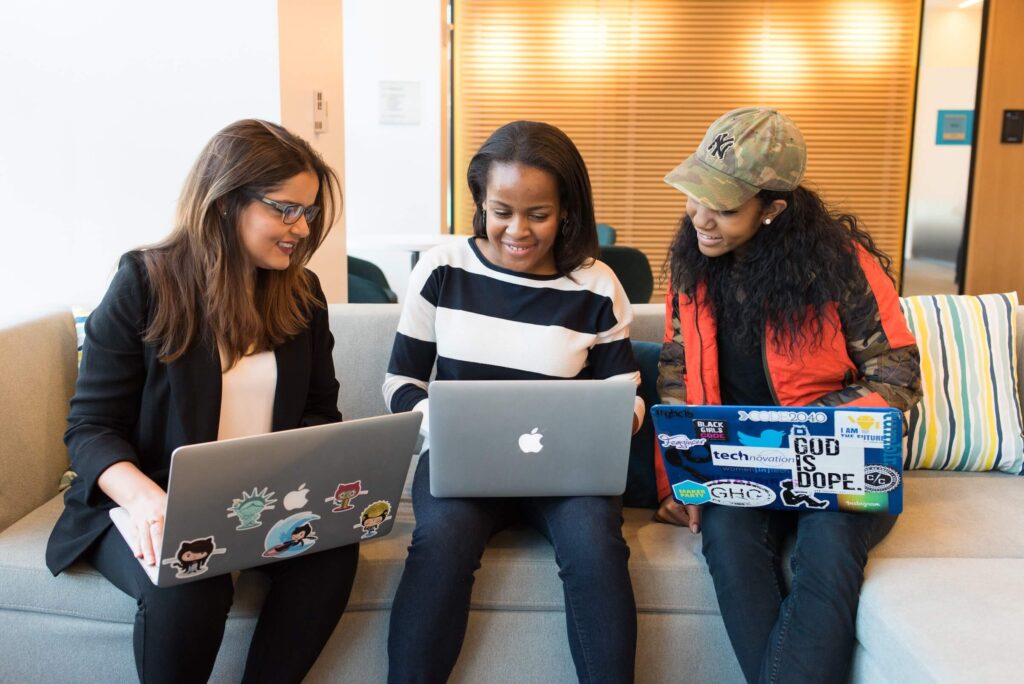Overview
Every month, we gather leaders who work at the intersection of technical training and learning & development to discuss topics top of mind for the industry. During our April 2020 TechKnowCon Roundtable, Microsoft was one of the two companies that presented.
Here is what Chris Shaffer, Microsoft’s Director of Engineering Learning & Insights, had to say about measuring learning culture and barriers.
About Chris
Chris joined Microsoft in 1989 and has led engineering teams there for the past 31 years. Throughout his career, he has always been more passionate about people than technology. His life purpose—to create environments where individuals and teams are empowered to learn and grow and realize their full potential.
A little over three years ago, Chris began rebooting the engineering learning efforts at Microsoft. His four-person team empowers over 67,000 engineers to achieve more through learning and insights.
What is learning?
When Chris asked engineers how they defined learning early on, they would often reference in-person technical training. But that is only one way to learn. Learning is a lasting change in behavior.
Objectives for Learning
- Acquiring information
- Gaining understanding
- Building skills
Activities
You can accomplish these objectives through several activities:
- Study
- Instruction
- Social interactions
- Experience (failing)
Strategy pillars
At Microsoft, there are three pillars to their learning strategy.
Pillar 1: Environment: foster a learning culture
An environment that emphasizes true learning and curiosity.
This is a prerequisite. If you don’t have an environment that fosters learning, it’s hard to do anything else.
Pillar 2: Individual: build capability & empower learners
Continuous pursuit and application of relevant knowledge and skills.
The learner is the middle pillar on purpose because they are the center of focus. The goal is to enable learners to build their capabilities and empower them to pursue their passions.
Pillar 3: Business: fuel innovation & growth
Learning fuels continuous innovation and impact for measurable business growth.
As learners build new skills, they fuel innovation, and ultimately drive growth for the business. Microsoft’s mission is to empower every person and every organization on the planet to achieve more. The intended outcome of this learning strategy is, therefore, to empower those who empower the world, through learning.
Measuring barriers to learning
These are the three major barriers to learning:
- Time
- Resources
- Manager
Microsoft set out to understand where these barriers are high and low across the company. Here were the questions they asked in their annual employee poll (FY18-20):
- 1. Time: I have sufficient time for work related learning.
- 2. Resources: I have the learning and development resources available to me that enable me to do my best work.
- 3. Manager: My manager (manager name) encourages and enables me to learn.
In FY20, they added two additional questions to the learning poll:
- Find Resources: I can easily find learning resources that are relevant to me. Question 2 (Resources) focuses on whether the learner knows that resources exist, whereas this question focuses on discoverability: the ability to find the resources most relevant to the learner.
- Others Share: I can count on other employees to share their knowledge to help me learn.
This is fundamental to the learning culture Microsoft wants to promote, where everyone passes the knowledge they know onto others. We deepen and strengthen our learning when we explain what we know to others.
Learning benchmarks (ITSG/Mayflower)
These next questions are from the Mayflower Group and the Information Technology Survey Group (ITSG) benchmarks.
- Skills: I know what skills I will need in the future to be a valuable contributor at this company.
- Growth: I have the opportunity to grow and develop at this company.
Testing questions (FY20)
The following are questions sent to a subset of employees to test the validity and wording of these questions. Data scientists at Microsoft will look at the answers and determine which ones to incorporate into next year’s poll.
- Required Learning: The amount of required learning for my job is manageable.
- This question ensures that there is a balance between required learning and self-directed learning, encouraging employees to pursue their passions.
- Impact: My learning mindset positively impacts my work.
This question relates to the growth mindset that is one of the core pillars of Microsoft’s cultural transformation. Is having a growth/learning mindset making a difference in the impact each employee has?
- Recognition: I am acknowledged for my learning mindset.
Do employees feel that it matters to others that they have a learning mindset?
- Impact Recognized: I am acknowledged for the impact my learning mindset has on my work.
This last question is a combination of questions 9 (Impact) and 10 (Recognition) to see if asking them in one question is valid.
These are all the questions used to measure and understand various aspects of how people feel, what their attitudes are, and their experience with a culture of learning at Microsoft.







